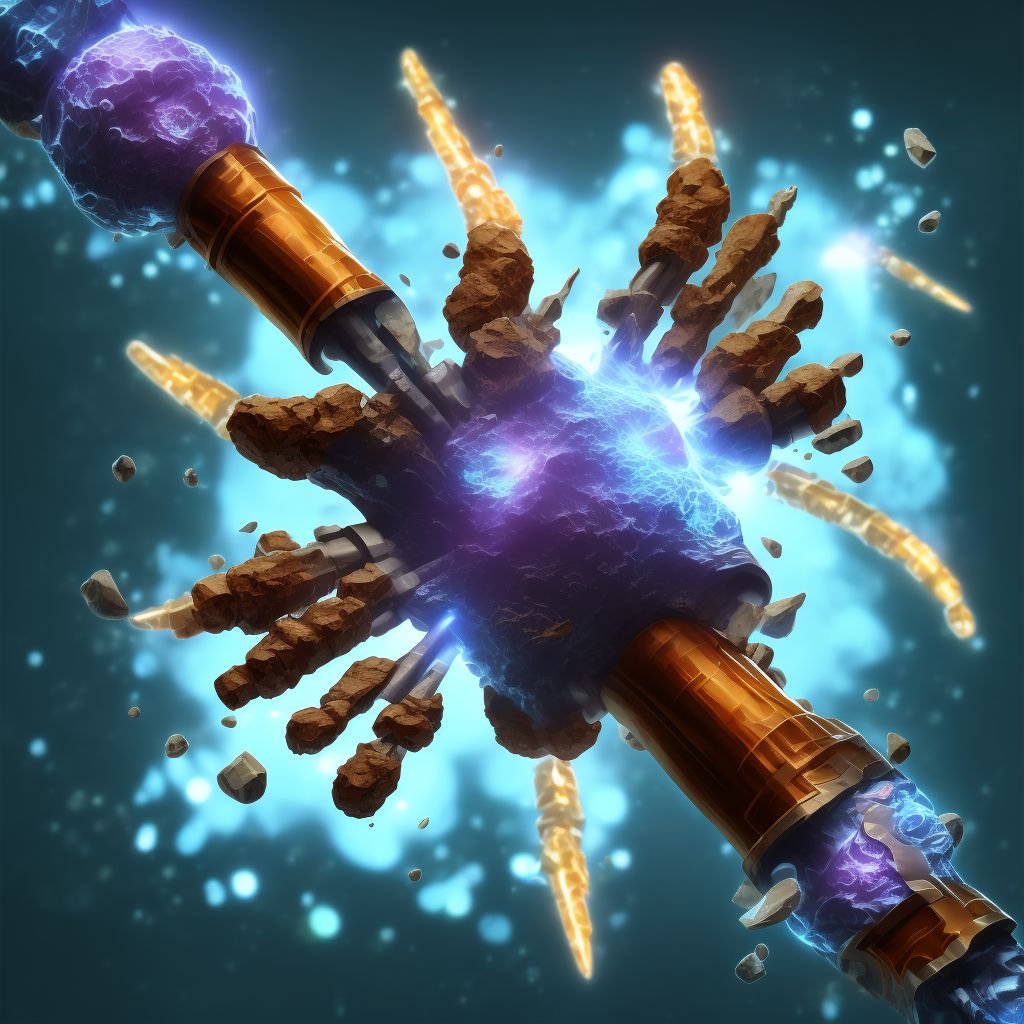
Other fracture of shaft of unspecified tibia, sequela Save
ICD-10 code: S82.299S
Disease category: S82.299: Other fracture of shaft of unspecified tibia
Understanding Other Fracture of Shaft of Unspecified Tibia, Sequela
When it comes to bone injuries, fractures are a common occurrence. One specific type of fracture that can affect the tibia, the larger of the two lower leg bones, is known as the "Other Fracture of Shaft of Unspecified Tibia, Sequela." In this article, we will delve into what this fracture entails and provide some essential information.
A sequela refers to a condition or problem that arises as a result of a previous injury or disease. In the case of the "Other Fracture of Shaft of Unspecified Tibia, Sequela," it indicates that there are ongoing consequences or complications resulting from a previous fracture of the tibia.
While the exact cause of this specific fracture may vary, it is typically the result of trauma, accidents, or excessive force applied to the tibia. These fractures are often characterized by a break in the middle or lower third of the tibia shaft, leading to subsequent complications.
- Swelling: Swelling is a common symptom associated with this fracture. It occurs due to the body's natural response to injury, leading to increased blood flow and inflammation in the affected area.
- Pain and tenderness: Individuals with this fracture may experience pain and tenderness around the site of the injury. The severity of pain can vary depending on the extent of the fracture and the individual's pain tolerance.
- Limited mobility: The fracture can restrict the mobility of the affected leg, making it difficult to walk or perform regular activities. This limitation is due to the pain, swelling, and potential disruption of the bone's normal structure.
- Visible deformity: In some cases, a visible deformity or abnormal alignment of the leg may be present. This can be a result of the initial fracture not healing properly or a subsequent injury.
It is essential to seek medical attention promptly if you suspect a fracture of the shaft of the tibia, as complications and long-term consequences can arise if left untreated. A healthcare professional will diagnose the condition using X-rays or other imaging techniques and determine the appropriate course of action.
While treatment options for this fracture will not be discussed in this article, it is crucial to emphasize that medical advice should be sought to ensure proper care and management of the condition.
In summary, the "Other Fracture of Shaft of Unspecified Tibia, Sequela" refers to ongoing complications resulting from a previous fracture of the tibia. It is characterized by symptoms such as swelling, pain, limited mobility, and potential visible deformity. Seeking medical attention is crucial for proper diagnosis and treatment to prevent further complications.
Treatment of Other fracture of shaft of unspecified tibia, sequela:
Treatment Options for 'Other Fracture of Shaft of Unspecified Tibia, Sequela'
When it comes to the treatment of an 'Other Fracture of Shaft of Unspecified Tibia, Sequela,' there are several options available depending on the severity and specific circumstances of the fracture. Here, we will explore some of the common treatment approaches for this type of fracture.